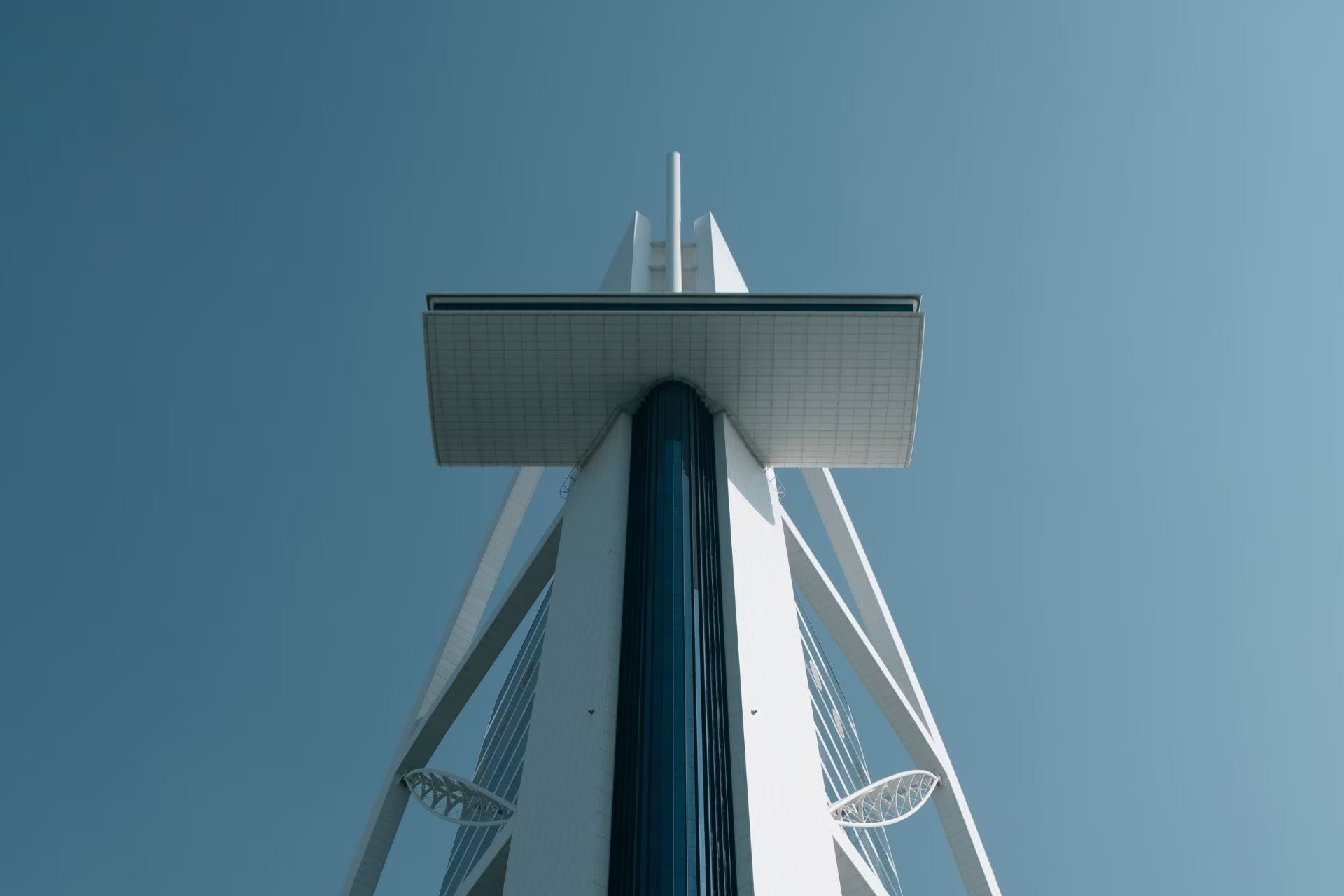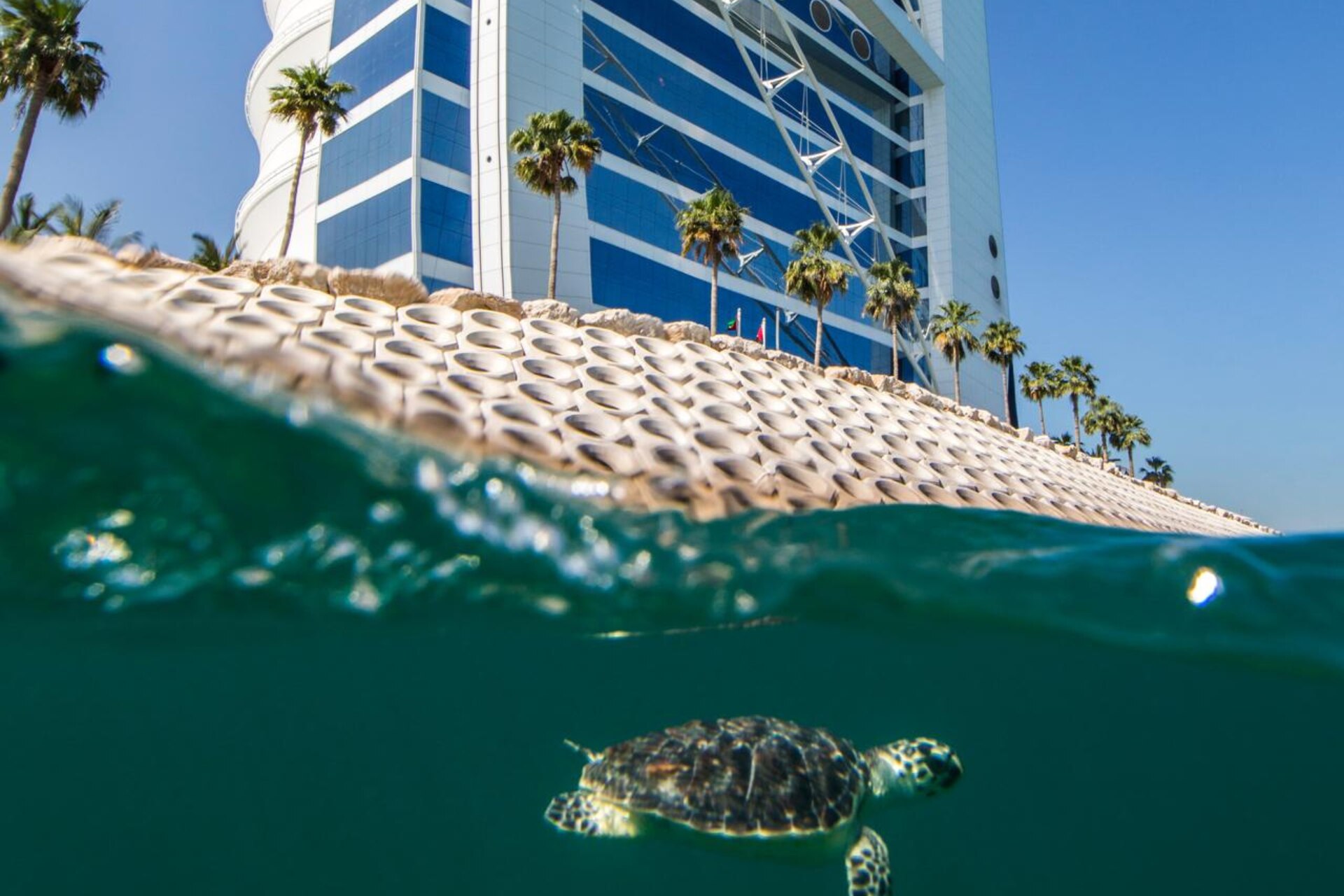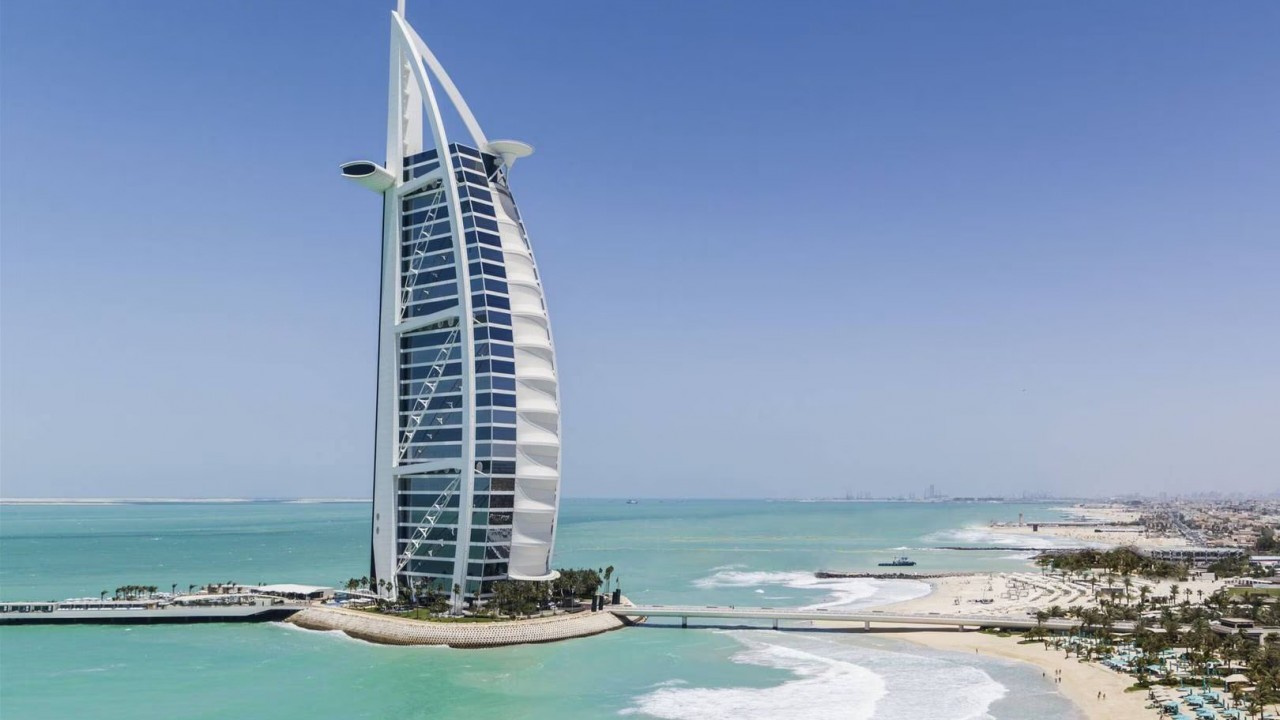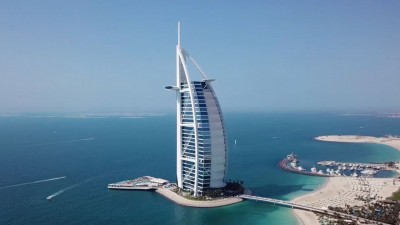More than just a hotel, the Jumeirah Burj Al Arab is a definitive symbol of modern Dubai. Its majestic sail-like form, soaring 321 meters above the Arabian Gulf, is a testament to visionary ambition and architectural ingenuity. Designed to become an instantly recognizable icon, the building's story is one of bold dreams, engineering marvels, and an unwavering commitment to creating a global landmark.
The concept was born from a simple sketch by architect Tom Wright of WS Atkins in October 1993. Inspired by the sails of traditional Arabian dhows and the region's pearl-diving heritage, the design aimed to reflect Dubai's cultural identity while projecting its futuristic vision. Constructed on a purpose-built island 280 meters offshore, the project was an immense undertaking, requiring innovative techniques to secure the foundation in the sandy seabed.
Engineering an Icon
The structure itself is a feat of engineering. It stands as the world's tallest all-suite hotel, supported by a steel exoskeleton that allows for the vast, column-free spaces within. The most stunning of these is the world's tallest atrium, ascending over 180 meters and flanked by towering golden columns. This breathtaking space is a masterpiece of scale and light, setting the stage for the opulence that defines the entire hotel.

A Palette of Unparalleled Opulence
Step inside, and the narrative of luxury continues. Renowned interior designer Khuan Chew of KCA International blended a vibrant color palette with the most exquisite materials. The interiors are adorned with over 24,000 square meters of Statuario marble—the same used by Michelangelo. Approximately 1,790 square meters of 24-carat gold leaf gilds surfaces, and an estimated 86,500 individually hand-fixed Swarovski crystals are etched into features like the mirror in the Junsui bar, creating an environment of breathtaking grandeur.
Beyond Beauty: A Note on Stewardship
While its architectural splendor is undeniable, the hotel also embraces a role of environmental stewardship. This commitment is exemplified by its support of the Dubai Turtle Rehabilitation Project, a program dedicated to rescuing, rehabilitating, and releasing endangered sea turtles back into the Gulf. This initiative reflects a deeper understanding of the marine environment that the hotel's design so famously celebrates.

To see how this architectural marvel translates into a guest experience, read our full feature on Jumeirah Burj Al Arab.
Photo courtesy of Jumeirah Burj Al Arab.






